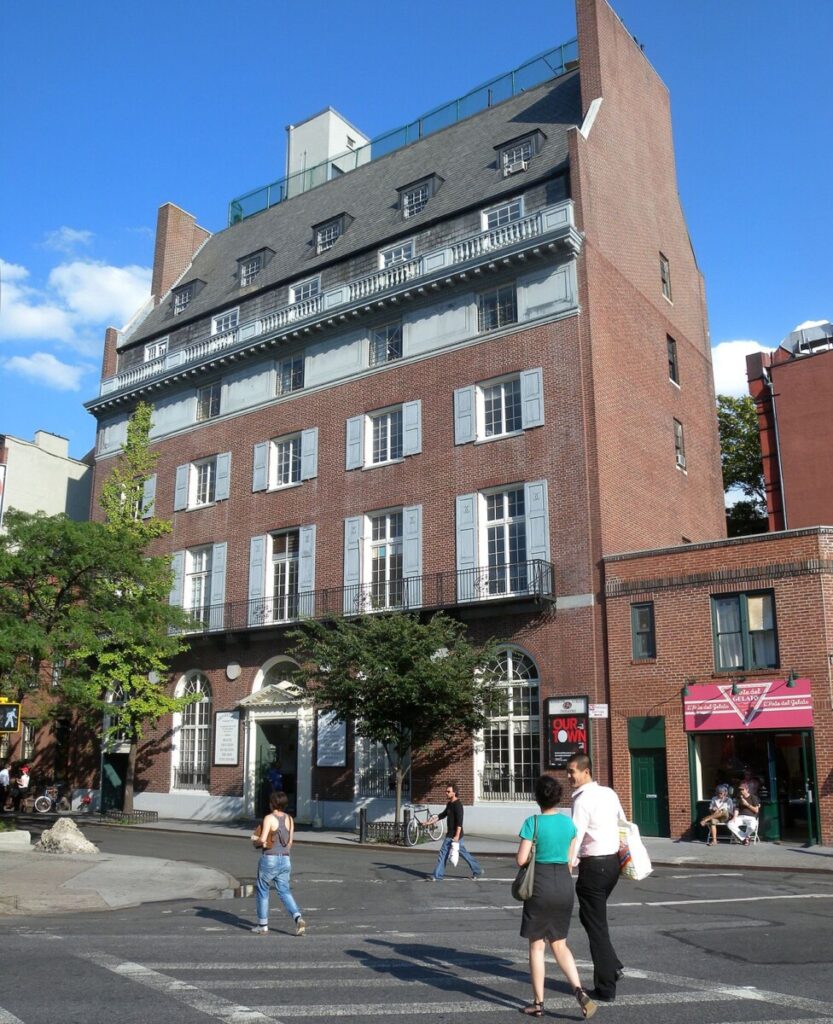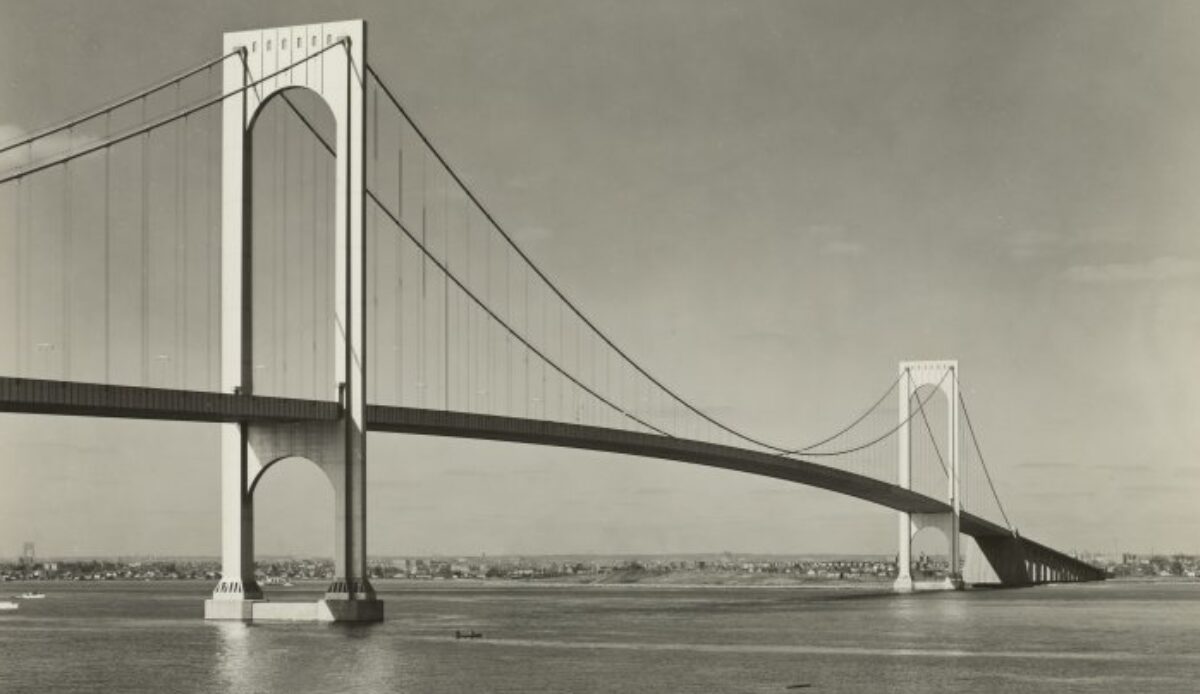Okay everyone, as we discussed yesterday afternoon here is Discussion Thread #6. It is a clip from a 1964 MTA documentary observing the 30th anniversary of the Triborough Bridge and Tunnel Authority. Note when the announcer mentions the idea of Progress. That is not to say you have to write about that concept. I mention it because it came up in class yesterday. Write about the construction workers, the bridge opening, FDR, your own experience with the bridge, or whatever you like. As always, we are interested in what you have to say. Approach the discussion however you wish in the usual 100-300 words due by 11:59 pm on Sunday 25 October.
Discussion Thread #5
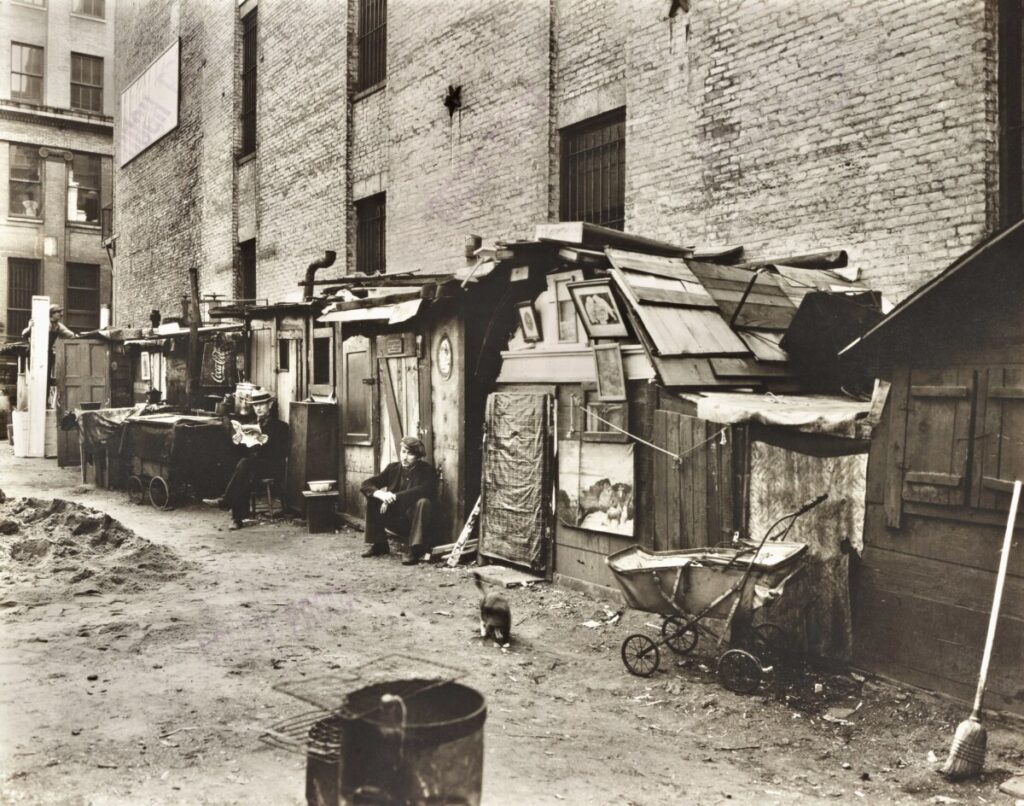
Hello everyone, what you are looking at here is called a Hooverville. There were thousands of such squatter camps and shanty towns across the United States throughout the 1930s, including incredibly a massive one in Central Park. They were called Hoovervilles because Herbert Hoover was President of the United States at the onset of the Depression. The one in the image above was at West Houston and Mercer Streets. The image was taken by photographer Berenice Abbott on October 25, 1935, eighty five years ago this month. Ms. Abbott took this–and and many other Depression Era photographs–as part of her work with the WPA Federal Art Project. Express your thoughts in 100-300 brilliant words.
(image/NYPL Digital)
Discussion Thread #4
Good afternoon, everyone. Here is the video footage I mentioned yesterday featuring both Robert Moses and Franklin Delano Roosevelt. I cannot express how extraordinary this moving imagery is. There is very little footage of Roosevelt “walking” after being struck by polio in 1921.
Here is the reading for Discussion Thread #4 and for our class conversation next Tuesday, October 13. For the thread please write 100-300 words giving your impressions of the article. As always one has wide latitude. One might write about the footage as a long lost piece of material culture, the Roosevelt/Moses relationship, Jones Beach itself, or whatever else you might like based upon the reading. Again, we will discuss the piece next week based upon our thread responses.
Discussion 3
As a person who has been presented with the opportunity of living in an era where car culture is immense and where MTA is part of New York City culture; I will refer to both being a user for both myself.
I observe NYC to be one of those cities where almost all its residents and tourists ride the subway. It’s almost inevitable. However, while the benefit for subway is meant to be to reduce time to get from one place to another; I feel like MTA hasn’t been able to live up to that expectation for a few years now.
One of its major drawbacks as we were all able to observe this year is how easy it is for something that threatens the masses becomes a battleground for the spread of a virus. The subway becomes a panic room and almost a traumatic experience once people must embark on a subway journey again. However, I feel like, investing in rail can be far more useful for the city. Why? Because although cars allow more control of your path; it has become detrimental the impact they have on the environment. Yes, we are investing onto electric and hybrid cars but due to the heavy presence of cars you can tell the way gas emissions are affecting the environment. They’re on of the major contributions to the smog in a city and pollution. Plus, the fact that driving sometimes can no longer be enjoyable due to traffic. It’s irritating to have to endure the sound of cars beeping at one another and just moving at 2 mph while in the highway because your stuck in traffic.
Discussion Thread #3
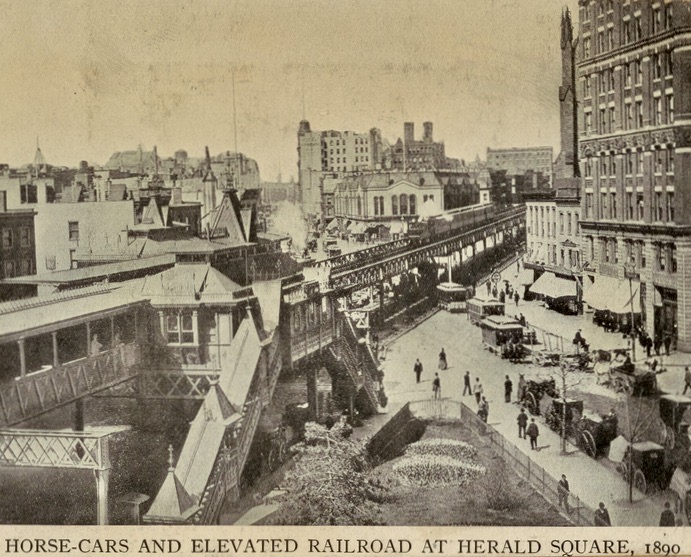
For good reason, New York throughout its history has been known as a walking city. Even today in the twenty-first century many New Yorkers live well without owning an automobile. Some are even happier without one. All that said, public and private transportation have played a role in the life and fabric of the city now for almost two centuries. Examples include the omnibus, the horsecar, the elevated railway (“The el”), the subway, and of course the automobile itself. In 100-300 words share your thoughts on the benefits and/or hazards of one or more of these modes of transportation. How might a city like New York benefit and/or suffer from their presence? In addition to their obvious advantages what, if any, might be their drawbacks? You do not have to write about all of them. Choose one or more as you wish. You have wide latitude and can answer however you think best.
Get your kicks before class today, September 22
Good morning, everyone. It is the final hour of Summer 2020; the Fall equinox is at 9:31 am. If you would, before today’s class please watch this 3:00 minute recording of Nat King Cole’s “(Get Your Kicks On) Route 66.”
Discussion #2
By observing the picture I’ve come to reflect how different children seemed to appear and behave at the time. They seem still and thought provoked by what they’re mind is indulging at that moment. It’s something very distinct to find a classroom nowadays where children are not losing attention because of something else; even though the children in the photo know there was a cameraman in the room.
It’s interesting to see the technological advancement we have achieved in a year yet; our method of teaching almost remained the same. However, the appreciation that these children demonstrate while reading is something that shouldn’t be taken for granted since kids find reading boring nowadays compared to their other entertainment components now offered.
Now a major thing that must be acknowledged is the steps forward that society has made bringing unison upon students; whether rich or poor, whether male or female and a larger scale of variety upon student ethnicities.
Also knowing that this picture comes in the midst of the Settlement House Movement makes me think how this could be a photo showcasing how privileged children were the only ones able to afford an education or a photo of the actual movement where leaders in society at the time came to unify a branch of the education system to make the gap between the rich and poor smaller.
Discussion Thread #2
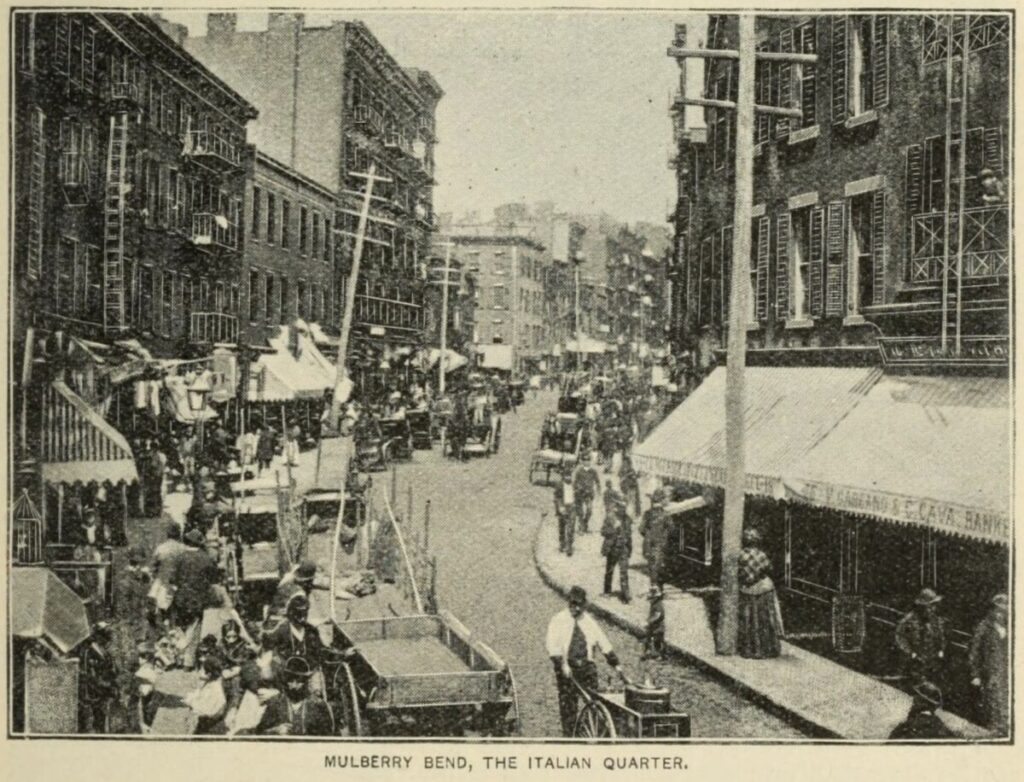
Good morning, everyone. Thanks for a good class yesterday afternoon. As we mentioned, here is Discussion Thread #2. We have discussed the power of the visual image a little bit in class. The images of Jacob Riis, among others, helped spur many of the reforms of the Progressive Era. Above we see a photograph taken of Mulberry Street in Little Italy around 1890. It was published in an illustrated history of New York City in 1892.
Among the reforms in the late nineteenth and early twentieth century was the so-called Settlement House Movement, about which we will talk more in class in the coming days. The photograph below was taken in the library of the Mulberry Settlement House in October 1920, almost exactly 100 years ago. For Discussion Thread #2 explain in 100-300 words what you see in the image. You have wide latitude and can answer however you like. Perhaps you might focus on the children as a group, one child in particular, one or more of the adults, the room, the furniture, the image itself as a piece of photojournalism, or how and what brought them all here. Or, you might write about something else entirely related to the image that you find striking or meaningful in some way. Focus on what you like and give a thoughtful response.
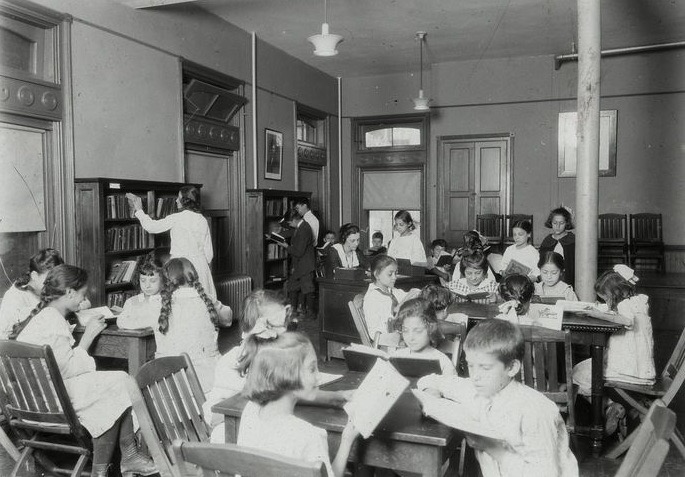
Questions for tomorrow’s class, September 15
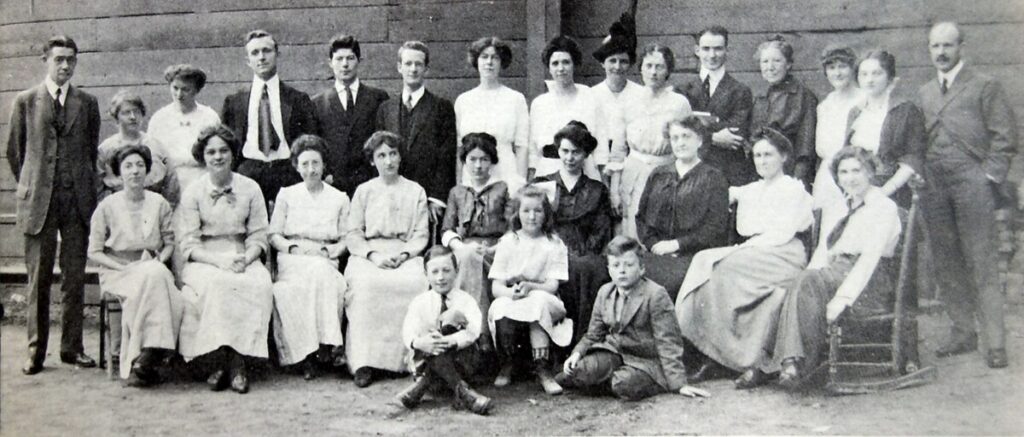
Good morning, everyone. I hope your weekend was good. Professor Duddy and I have been enjoy reading your discussion threads. A few action items: again, please be ready to speak briefly, no more than ten minutes at the most with 2-3 images, about your site. We will also talk about the reading. Here are a few questions to foster our discussion:
Explain why settlement houses might have been necessary around the turn of the nineteenth and twentieth century.
What services might patrons—men, women, and children—receive from a settlement house?
What type of people might have led the Settlement House Movement? Broadly speaking, what was their class and ethnicity?
What does it say that women were among the leaders of the Settlement House Movement?
How surprised are you that many settlement houses exist today in the twentieth century?
How, if at all, might the services offered by settlement houses differ today than they did a century ago? How, if at all, might the patrons and their needs differ?
What surprised you the most about Wonder Women of History itself?
Who was the audience for the Wonder Women of History series?
Artistically how does the reading work, in terms of both the text and the graphics?
Other takeaways?
Mary Kingsbury Simkhovitch reading
Good morning again, all. Here is slightly different form and with a bit more context is the reading for Tuesday September 15. It is from a series called Wonder Women of History. Ours is #55 and is about social worker and housing advocate Mary Kingsbury Simkhovitch. As I mentioned in the email, I will send some questions on Monday to promote our Tuesday discussion.
Again, our actions items for the coming days include: the posting of Discussion Thread #1 that is due by 11:59 pm Sunday night, preparing to speak and to show a few images of one’s site, and the reading of this installment from the Wonder Women of History series.
Bon weekend.
